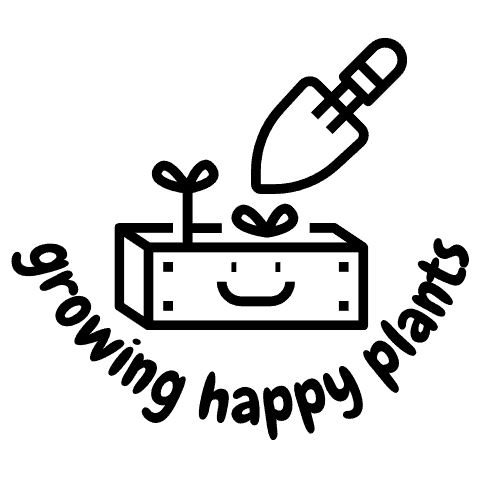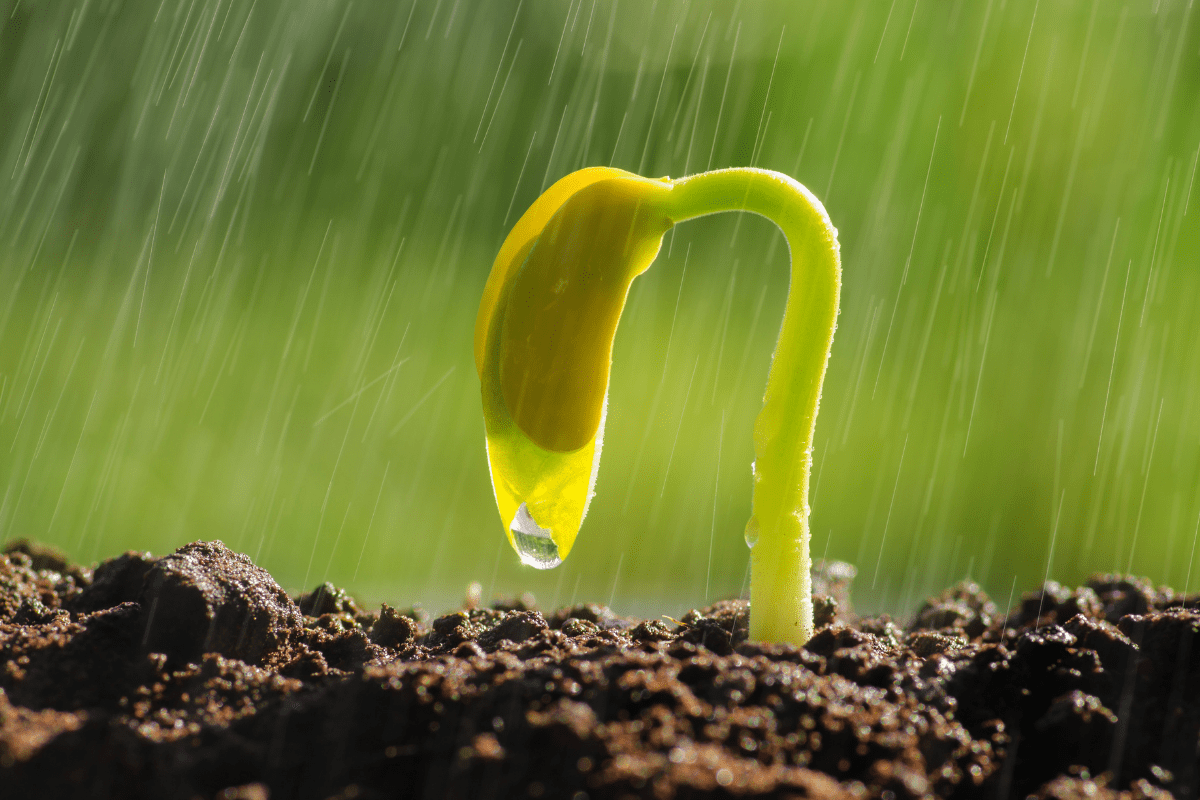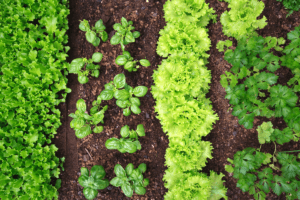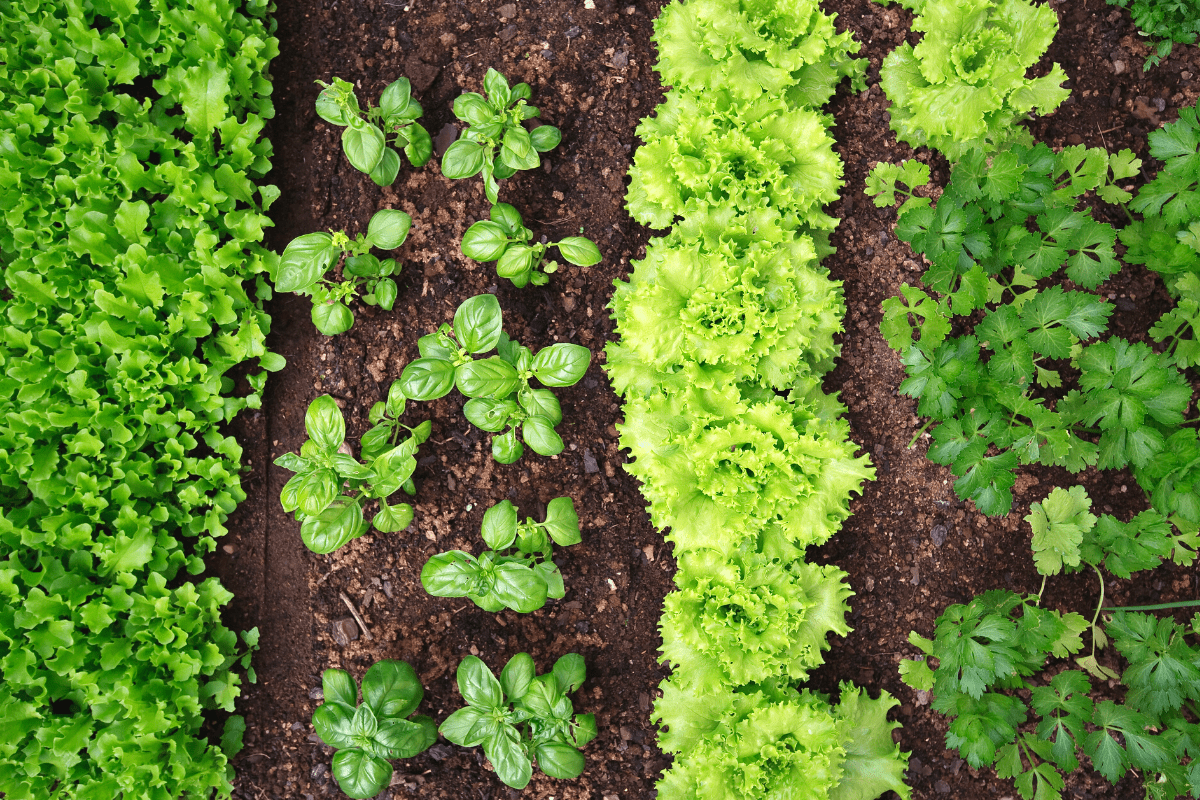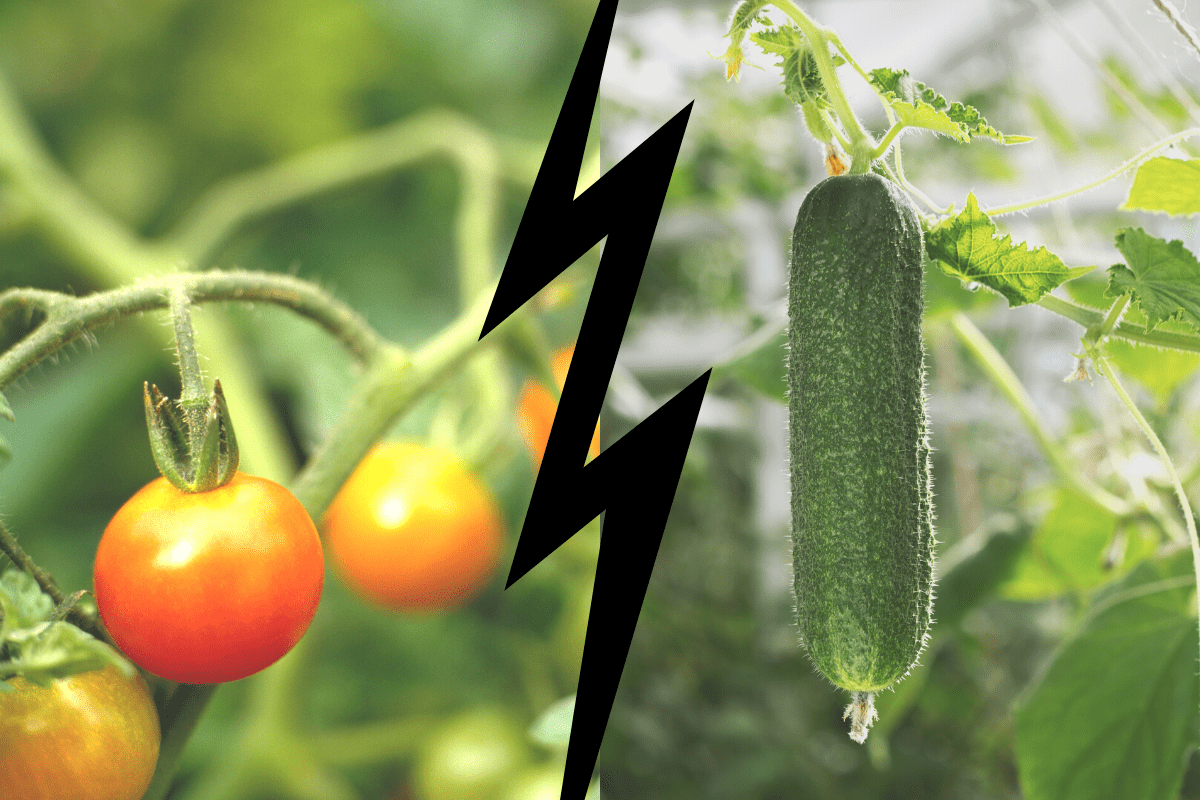There are a few indicators of whether or not veggie gardens are sustainable.
The Brundtland Commission report for the United Nations defines sustainability as “meeting the needs of the present without compromising the ability of future generations to meet their own needs.”
So, according to that definition, it becomes clear:
An organic vegetable garden is sustainable because it serves the needs of the present without compromising the ability of future generations to do the same. Sustainable gardening is the concept of giving back to mother nature by using organic and eco-friendly growing and harvesting methods.
It also means to use fewer chemicals and adopt greener alternatives when gardening.
Sustainable gardening is important for the environment because it values ecosystem support over aesthetics and minimizes humans’ negative impact on the earth as much as possible.

What makes a garden sustainable?
While growing vegetables and maintaining a garden already seem to be very “green” activities, sustainable gardening is about developing a “greener” future.
There are several factors to be considered to decide if a garden is sustainable or not.
Here are some of the concepts that make a garden sustainable:
1. Organic Gardening
The main focus of organic gardening is not to use any synthetic products, including pesticides and fertilizers. Instead, finding natural ways to enrichen the soil with nutrients and using weed-killing methods instead of chemicals.
The primary resource is the earth itself.
Organic gardening basically means growing in harmony with nature and keeping the balance of the natural ecosystem in your backyard.
2. Composting
Per definition, composting is an aerobic method of decomposing organic solid wastes. The process recycles organic material into a humus-like material, known as compost, a good fertilizer for plants.
So, one of the easy ways to partake in sustainable backyard gardening is to compost your green waste. When thrown in a compost pile, it can be turned into nutrient-rich, sustainable fertilizer for your vegetables.
3. Conserving water
Saving water means saving energy. A sustainable vegetable garden has healthy water management.
Collecting rainwater from the drainpipe and using it to water vegetables can significantly impact the amount of water consumed for a garden.
Additionally, mulching the vegetable beds and watering the plants in the evening when it’s cooler reduces evaporation and keeps the soil moist for longer.
4. Saving seeds
Seed saving can sustain and create unique local food systems. Each year, saving seeds from some of your plants ensures that future seeds will be more adapted to grow in your specific environment (climatic and soil conditions).
Some vegetables are perfect for saving some seed and keeping it until the following season. Simply dry the seed and store it in a dry place over winter. That way, you have organic seed ready for spring.
You can select particular characteristics you might like to cultivate by selecting fruits or plants to harvest from with those same traits. Simply choose the best tasting, largest, or earliest ripening fruits to ensure the same qualities in the next generation of plants.
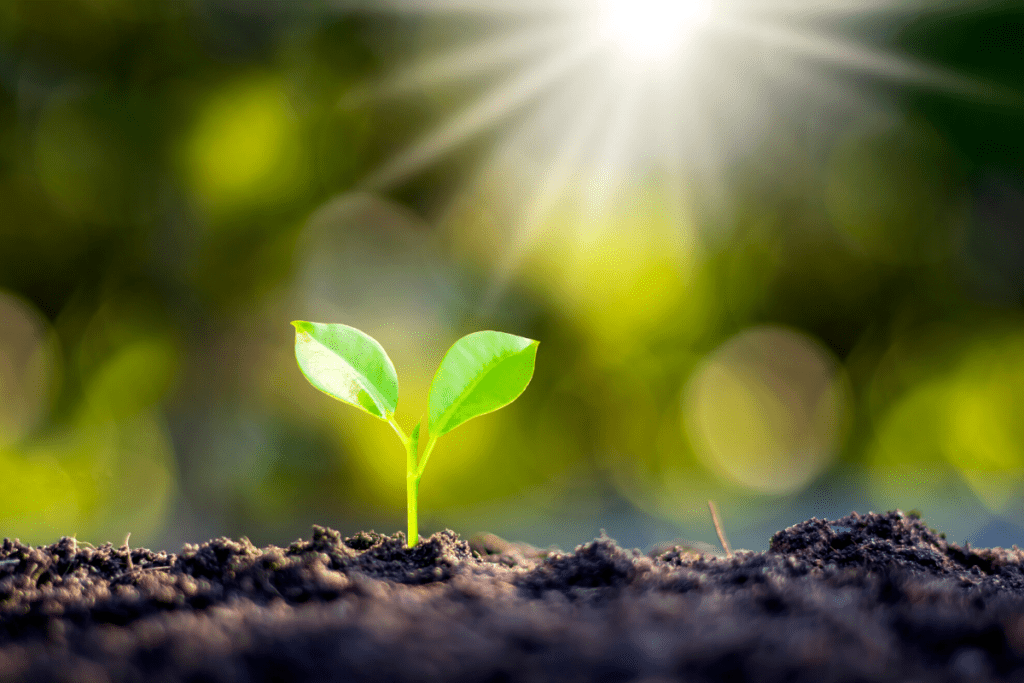
5. Gardening by hand, reducing fossil-fuel energy use
Simply garden without the help of gas-powered machinery or chemicals. Using machines or chemicals in your garden can release harmful gasses into the air or the soil.
Obviously, it will take extra energy on your part, but there is a lot of garden work that can be done by hand instead of machines. While it is better for the environment, saves fossil-fuel energy use, it also keeps you fit and healthy.
6. Using recycled materials as gardening supplies
There are almost endless opportunities to use recycled materials as your gardening supplies.
Seed storage and germination containers, plant supports, plant ties, plant protection, landscaping, irrigation, drainage, garden art, tool storage, harvest baskets, and compost are only a few examples.
Get creative and make the most out of your waste.
7. Selecting plants
Thoughtful plant selection plays a big part in growing a sustainable vegetable garden.
The key is to look for plants that are not invasive, adapt to a range of growing conditions, and contribute to the natural ecosystem.
Some of the most sustainable vegetables are onion, celery, potatoes, carrots, and zucchini.
8. Sustainable vegetable garden design
When planning and starting a vegetable garden, it’s crucial to ensure that water sources are easily accessible. Ideally, you also keep the compost heap in a convenient location to maintain and throw your yard waste into. And you might want to consider raised garden beds.
Raised beds are easier to work with for you, protect the plants, and are great for collecting rainwater one time.
Using companion plant combinations also plays a big part in a sustainable vegetable garden layout. Having plants that support each other next to each other can increase your harvest in the most natural and sustainable way possible.
How is growing vegetables sustainable?
Growing your own foods is an essential part of a sustainable lifestyle because it provides for you and your family in the season without compromising the ability of future generations to meet their own needs. Vegetables from your backyard reduce carbon emissions from burning fossil fuels.
Additionally, no plastic packaging is required when you harvest your veggies straight from your backyard garden. And last but not least, pesticide use can be much less in a small, well-tended garden than on a farm. That is why gardening is so important for sustainability.
Furthermore, growing your own vegetables also has distinct personal and social values.
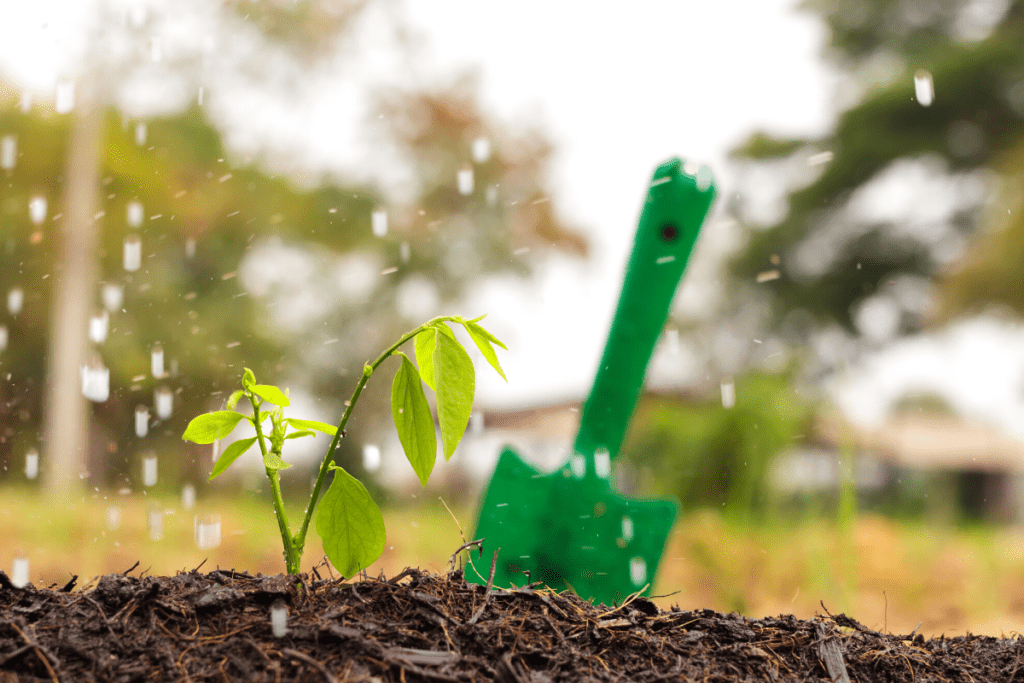
Conclusion
When a vegetable garden is kept in low maintenance, organic and eco-friendly way, it is indeed sustainable. The reasons are mainly the preservation of the natural ecosystem, the lesser use of chemicals, and minimization of the negative impact of humans on the planet.
A sustainable vegetable garden keeps the plants and environment healthy and ensures future generations have the same privilege of enjoying organic food straight out of the backyard.
If you haven’t alreaedy, get started today and create a vegetable garden in your backyard.
